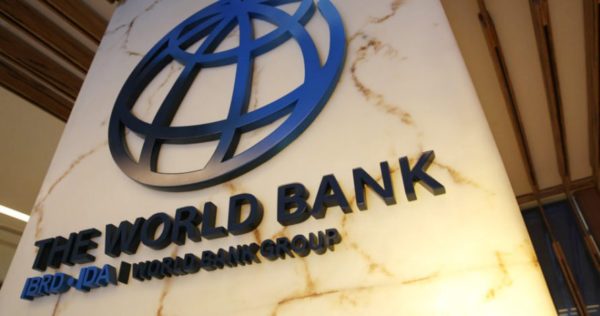
Poverty Rising in Rural Nigeria, World Bank Says
The World Bank has raised a fresh concern over the rising poverty in Nigeria, saying that a staggering 75.5 per cent of rural dwellers live below the poverty line.
The World Bank stated this in its latest April 2025 Poverty and Equity Brief for Nigeria.
It had, earlier last month in its Africa’s Pulse report, during the recently concluded Spring Meetings of the International Monetary Fund (IMF) and the World Bank in Washington DC, declared that more Nigerians would become poor over the next five years, citing Nigeria’s structural economic weaknesses, dependence on oil revenues and national fragility as key barriers to meaningful poverty reduction.
The World Bank, in its latest brief for Nigeria, painted a gloomy picture of the state of poverty in the country, following worsening economic hardship and inequality among the rural dwellers.
According to the report, while 41.3 per cent of Nigeria’s urban population lives in poverty; the situation is significantly worse in rural areas where economic stagnation, inflation and insecurity have combined to deepen hardship.
It stated, “Based on the most recent official household survey data from Nigeria’s National Bureau of Statistics, 30.9 per cent of Nigerians lived below the international extreme poverty line of $2.15 per person per day in 2018/19 before the COVID-19 pandemic,” the report stated.
“Nigeria remains spatially unequal. The poverty rate in northern geopolitical zones was 46.5 per cent in 2018/19, compared with 13.5 per cent for southern ones. Inequality measured by the Gini index was estimated at 35.1 in 2018/19.
“Nigeria’s Prosperity Gap — the average factor by which individuals’ incomes must be multiplied to attain a prosperity standard of $25 per day for all — is estimated at 10.2, higher than most peers.”
These figures highlight the stark economic divide across different parts of the country, which has persisted despite various interventions aimed at inclusive growth.
In its analysis of demographic trends, the report found that children aged 0 to 14 years had a poverty rate of 72.5 per cent.
“Gender disparities were also evident, with 63.9 per cent of females and 63.1 per cent of males classified as poor at the $3.65 per day lower-middle-income poverty line.
“Education levels strongly influenced poverty status. Nigerians without any formal education had a poverty rate of 79.5 per cent, those with primary education 61.9 per cent, and those with secondary education 50.0 per cent.
“Only individuals with tertiary education saw comparatively lower poverty levels at 25.4 per cent.”
The World Bank further noted that multidimensional poverty indicators paint a similarly bleak picture.
SOURCE: Daily Trust
